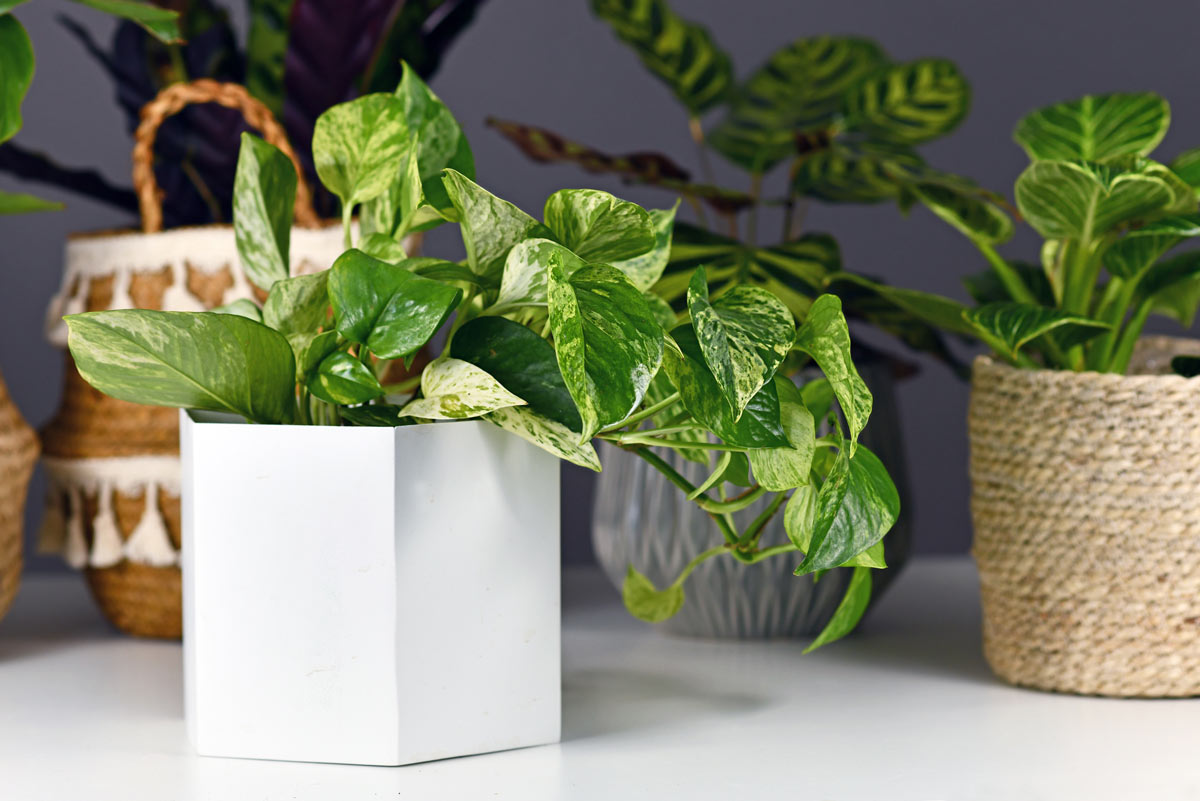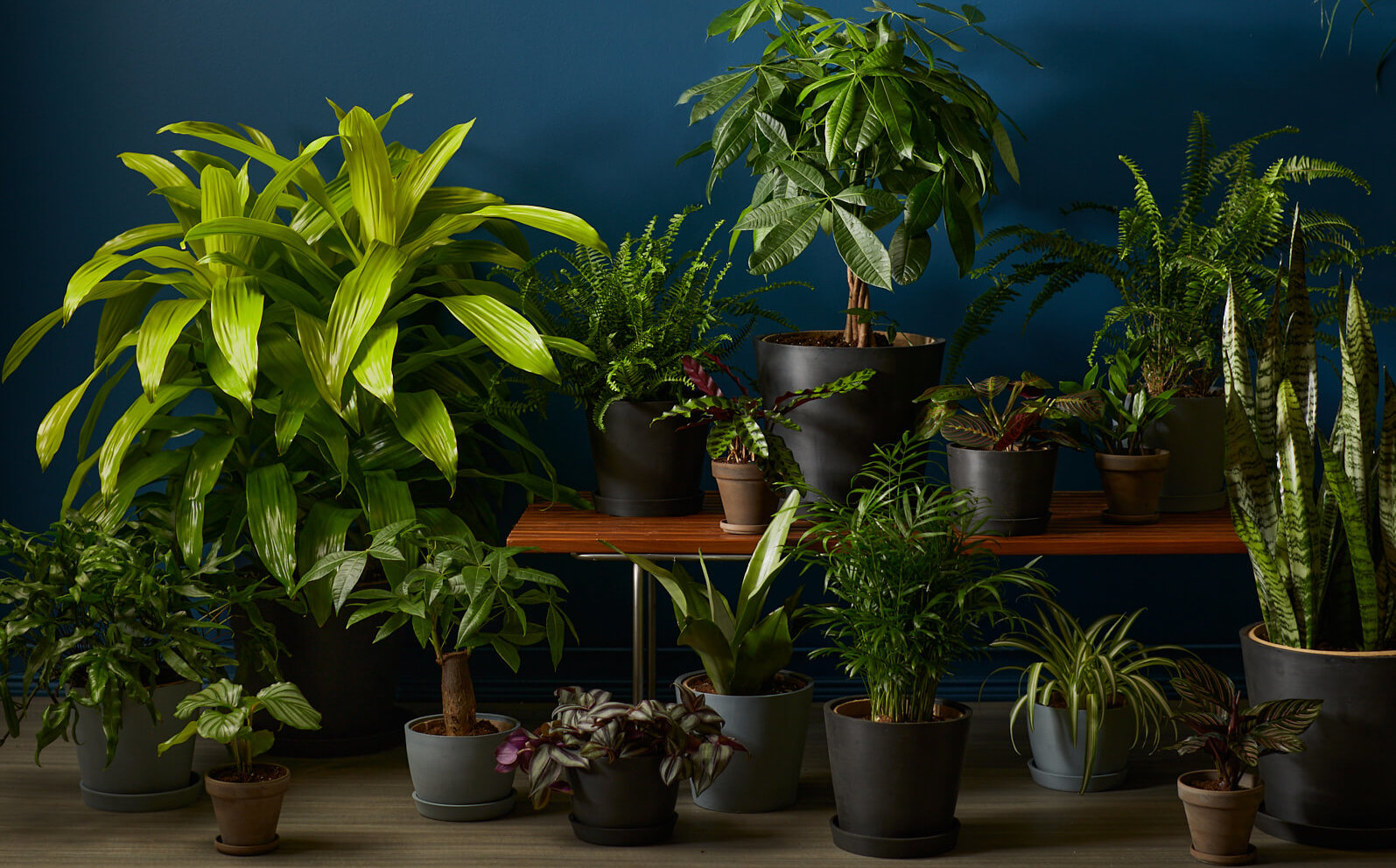Transform Your Home With Beautiful Low-Light Indoor Plants and Their Advantages
Integrating low-light interior plants right into your home can considerably boost both the aesthetic and ecological quality of your living areas. These plants, which grow in dim conditions, serve not only as attractive components yet additionally as all-natural air cleansers, making them perfect for urban dwellers or those with limited sunlight exposure. As we discover the numerous kinds of low-light plants and their advantages, you may find shocking means to integrate them right into your home that can change your surroundings in means you could not have expected.
Benefits of Low-Light Plants
Low-light plants offer many benefits for indoor settings, making them an exceptional choice for both newbie and experienced gardeners. One of the main advantages is their versatility to low-light problems, allowing individuals to boost their home without the need for comprehensive sunshine exposure. This particular makes them ideal for apartments, offices, and other locations with limited all-natural light.

Furthermore, including low-light plants into home decoration can boost the visual allure of an area. Their lavish foliage and differed structures create a soothing ambience, adding to total well-being. Finally, the existence of greenery has been linked to decreased tension levels and improved efficiency, making low-light plants a useful option for improving both physical and mental health and wellness in indoor settings.
Leading Low-Light Indoor Plants
While lots of indoor plants prosper in bright light, numerous species are specifically appropriate for low-light problems, making them excellent for different interior spaces. One prominent selection is the Snake Plant (Sansevieria), known for its striking upright fallen leaves and durability, requiring marginal treatment. One more excellent option is the Pothos (Epipremnum aureum), which features heart-shaped leaves and can track beautifully from shelves or hangers, prospering in reduced light and including a lavish touch.
The ZZ Plant (Zamioculcas zamiifolia) is celebrated for its glossy leaves and ability to stand up to forget, making it excellent for busy way of lives. In a similar way, the Peace Lily (Spathiphyllum) not only tolerates low light but also creates sensational white blossoms, boosting any room's aesthetic.
For an one-of-a-kind touch, take into consideration the Cast Iron Plant (Aspidistra elatior), which without a doubt meets its name, prospering in the darkest corners of your home. The Chinese Evergreen (Aglaonema) supplies a selection of fallen leave patterns and shades while being remarkably forgiving in low-light conditions. These plants not just beautify interior environments yet also add to air purification, enhancing your space.
Treatment Tips for Low-Light Plants

Sprinkling methods are essential; these plants typically like somewhat dry problems. Overwatering can bring about root rot, so make sure that the top inch of soil is dry prior to sprinkling once again. Usage pots with drainage holes to permit excess wetness to run away.
Humidity is one more vital factor. Lots of low-light plants, such as brushes and peace lilies, take advantage of greater moisture levels. To boost moisture, consider misting the leaves or positioning a tray of water near the plants.
Fertilizing ought to be come close to with care. Throughout the growing season, utilize a thinned down, balanced liquid plant food each month to support growth, yet avoid feeding during the inactive wintertime months.

Imaginative Ways to Present Plants
Interior plants can work as captivating prime focus in any type of area, improving both visual charm and atmosphere. Imaginative screens can boost the aesthetic influence of low-light plants, making them an integral part of your home decor. One effective method is to make use of tiered plant stands, which permit you to display numerous plants at differing heights while maximizing floor space.
Hanging planters are one more ingenious alternative, developing a feeling of deepness and drawing the eye upward. Take into consideration macramé wall mounts or wall-mounted racks to present a special appearance and design.
For a much more structured method, use geometric terrariums or glass containers to house your plants, adding a modern-day touch to your interior yard. You can additionally repurpose classic things, such as teacups or wood cages, for a diverse screen that shows your character.
Enhancing Home Atmosphere With Plants
Integrating low-light plants right into their explanation your home not just boosts aesthetic charm but additionally adds significantly to the general setting. These plants function as natural style components, introducing a feeling of harmony that can change any type of room. The visibility of greenery cultivates a soothing ambience, which is especially beneficial in high-stress settings such as office or living rooms.
Low-light plants, such as snake plants, pothos, and ZZ plants, are not just aesthetically pleasing yet also boost indoor air top quality by filtering toxins. This double feature improves the ambiance better, producing a healthier space (Best low-light indoor plants). The tactical positioning of these plants can also influence the understanding of room; for instance, tall plants can attract the eye upwards, making ceilings appear greater and rooms a lot more spacious
In addition, differing textures and shades of vegetation add deepness to indoor layout, enabling imaginative expression in home designing. Whether positioned on racks, check out here in edges, or as centerpieces, low-light plants can raise the state of mind of any space. In summary, integrating these plants into your home is an efficient method to cultivate a cozy, welcoming ambience while profiting of improved air quality and aesthetic flexibility.
Final Thought
Integrating low-light interior plants right into home settings supplies countless advantages, including enhanced aesthetic appeal and improved air quality. These resilient plants, such as the Snake Plant and Peace Lily, need marginal light and maintenance, making them suitable for diverse way of livings. Their capacity to filter toxins adds to a healthier space, while their different textures and colors enhance indoor style (Best low-light indoor plants). Ultimately, the inclusion of low-light plants fosters a peaceful and inviting ambiance, transforming any kind of home right into a serene sanctuary.
While lots of indoor plants grow in brilliant light, several varieties are specifically appropriate for low-light problems, making them excellent for different interior areas. One effective technique is to use tiered plant stands, which permit you to showcase numerous plants at varying elevations while taking full advantage of flooring space.
Low-light plants, such as serpent plants, pothos, and ZZ plants, are not only visually pleasing yet likewise improve indoor air high quality by filtering pollutants. Best low-light indoor plants. The calculated placement of these plants can likewise influence the perception of room; for instance, tall like it plants can attract the eye upwards, making ceilings appear higher and spaces extra roomy
These durable plants, such as the Serpent Plant and Tranquility Lily, require very little light and upkeep, making them suitable for diverse way of livings.